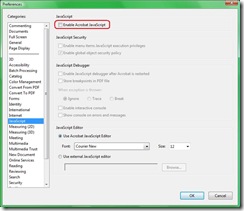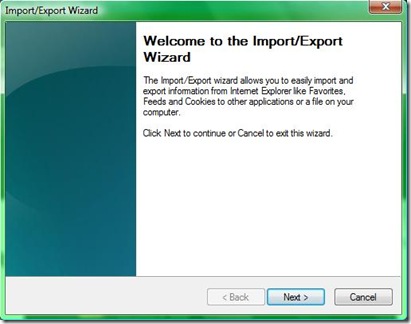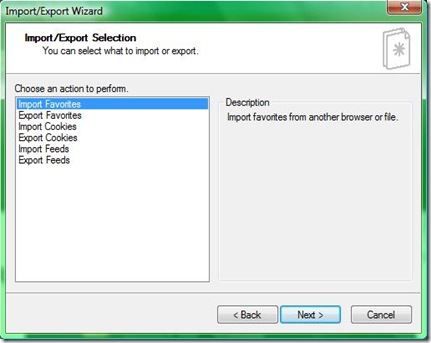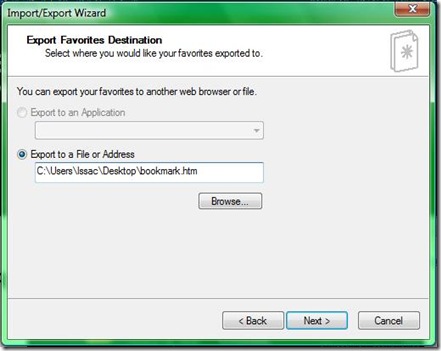Applying least privilege in windows XP for (home users)
For more information about this topic go to:
Many people are fed up with computer viruses. They get your PC even if you use the best and the most robust anti-virus software. Experts suggest that the best way to fight a computer virus is to use your common sense.
Preventing the infection is better than the cure. In order to prevent the infection you really need to understand what the virus is. Simply a computer virus is a very small program that tries to install itself without letting the user to know (actually the virus passes through many complex phases but this is a simple description) then it starts its damage. So let us to reconsider it again: a computer virus is a very small program that uses windows functionality (installation) and then uses a different functionality to damage. So the best way to prevent the installation is to stop the installation functionality in windows and give only one user the permission for installation. So how it can be applied? There are several ways and many tools but here I am discussing the simplest way and you don’t really need any other tool if you are a home user.
First step: if your computer is infected
If your computer is infected make a new installation of windows and after you finish follow this step
-don’t open any folder and go to: Start Menus --> My Computer --> Tools --> Folder Options --> View (tab) --> then select “Show hidden files and folders” and uncheck both “Hide extensions for known files types” and ”Hide protected operating system files (Recommended)” --> click Ok twice.
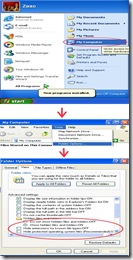
-open every partition except the you formatted while windows installation by right clicking on it --> Open and erase the following files:
- Autorun.inf
- Ravmon.exe
- New Folder.exe
- svchost.exe
- Heap41a
- Or any other exe file which may be suspicious(it always be very small).
Second step:
Make two windows account from control panel. The first one will be administrator and you will use it to install programs, burn CDs and for running application that require administrative privilege. be careful while using this account and only install trusted software product.
The second one let it be limited and logon to it for your daily uses.


